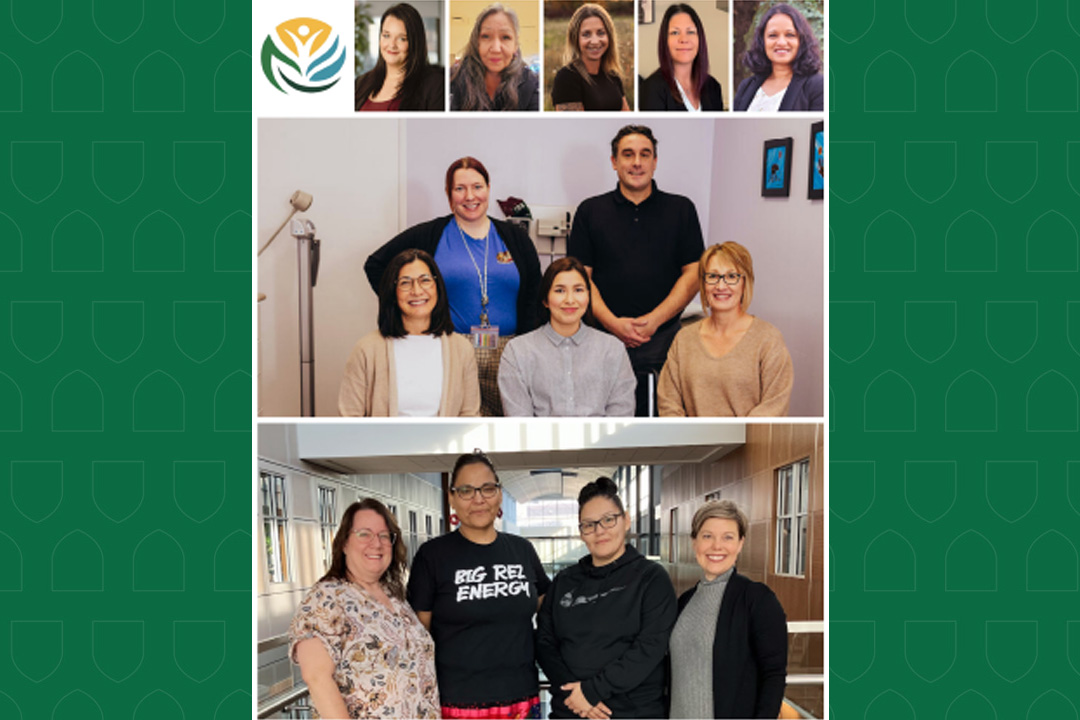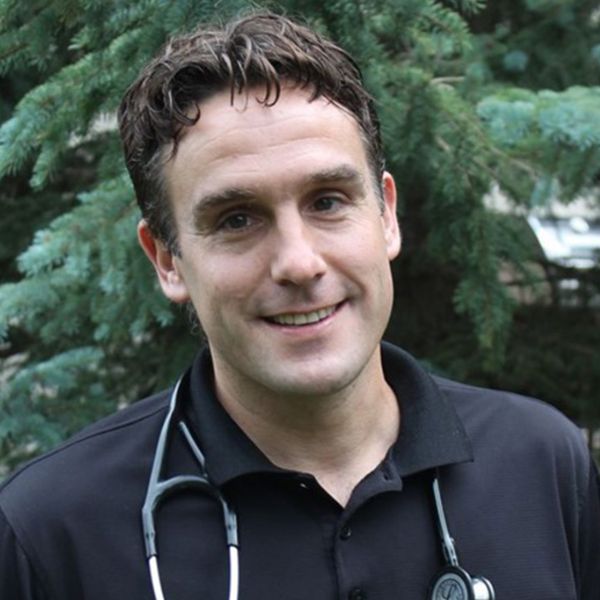
Dr. Stu Skinner and mobile medicine: Halting syphilis and HIV
Dr. Stu Skinner (MD) knew something was wrong three years ago, when patients started coming to him with vision loss, fever, rashes and meningitis.
By RESEARCHERS UNDER THE SCOPEListen to all episodes of the Researchers Under the Scope podcast.
Researchers Under the Scope is produced by the Office of the Vice-Dean Research in USask’s College of Medicine.
Almost every case could be traced back to untreated syphilis — a sexually transmitted infection infecting 1,200 per cent more people since 2017. Public health officials observed a spike in infections just as COVID-19 entered the picture.

"With the pandemic, testing dropped dramatically,” Skinner said, noting this wave of syphilis entered north-western Saskatchewan from Alberta, often travelling alongside HIV. Syphilis often spreads through sores, and can remain unnoticed for months or years on end, making early detection difficult.
“If you don’t see it, you won’t be seeking care for it,” he warned.
When he and the Wellness Wheel team began to see mothers with severely ill newborns, stillbirths and birth defects, Skinner knew he had to act swiftly. Treating syphilis usually means a series of clinic and laboratory appointments, followed by intramuscular Bicillin injections, and intense contact tracing.
Instead, Skinner, Dr. Sean Rourke (PhD) from the University of Toronto, and their teams wanted to pare that down to a single one-hour stop.
They approached tribal councils, public health officials, and Indigenous-led non-profits, asking for help in setting up mobile locations where anyone could be tested, diagnosed, and offered treatment. By February 2023, Skinner said the SHIVER (Syphilis and HIV Early Response) study was ready to hit the road, focusing on inner city, remote, rural and hard-to-reach populations across Saskatchewan.
Nursing teams drove vans to powwows, festivals, even pharmacies, offering quick, confidential finger-prick tests with immediate results.
“The whole concept was to be flexible and mobile and adaptable . . . . so that we weren't the barrier,” said Skinner. “It wasn't easy for the nurses to set up and read the results or draw the blood in a less comfortable environment, but they did an amazing job.”
In Saskatchewan, a total of 1,797 people agreed to be tested, an uptake rate Skinner called ‘phenomenal’. Roughly 3 per cent were infected with HIV; 16 per cent had syphilis.
“The majority were willing to get treated right then and there,” Skinner said.
Those teams have now visited more than 50 locations across the prairies, through a $4M national partnership called the ‘Ayaangwaamiziwin’ Centre — an Anishinaabe word that translates to ‘be careful, be prepared’. Health officials and private sector donors have extended those grants for another year.
Skinner says his colleagues keep fielding requests for the point-of-care service, which in turn has created a network of trusted Indigenous health leaders. This, he said, could translate to better outreach and screening for other diseases, such as diabetes or cancer.
But it only works with mutual respect, he warned.
“This isn't going to First Nations just to help them,” he said. “I've learned so much from the cultural values that are built what happens on First Nations. We have a lot to learn.”
Skinner said mutual respect also means predictable paycheques — not just the odd grant.
He said health budgets need to pay for health promotion workers employed at Indigenous-run organizations and non-profits, the ones who stick around after the testing van leaves. Patients are more likely to stay in touch with nurses and health workers they already know, he said.
“It’s about respect, kindness and building trust,” he said. “That is really critical.”
(Runs: 31:00)
